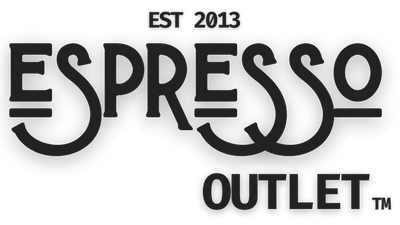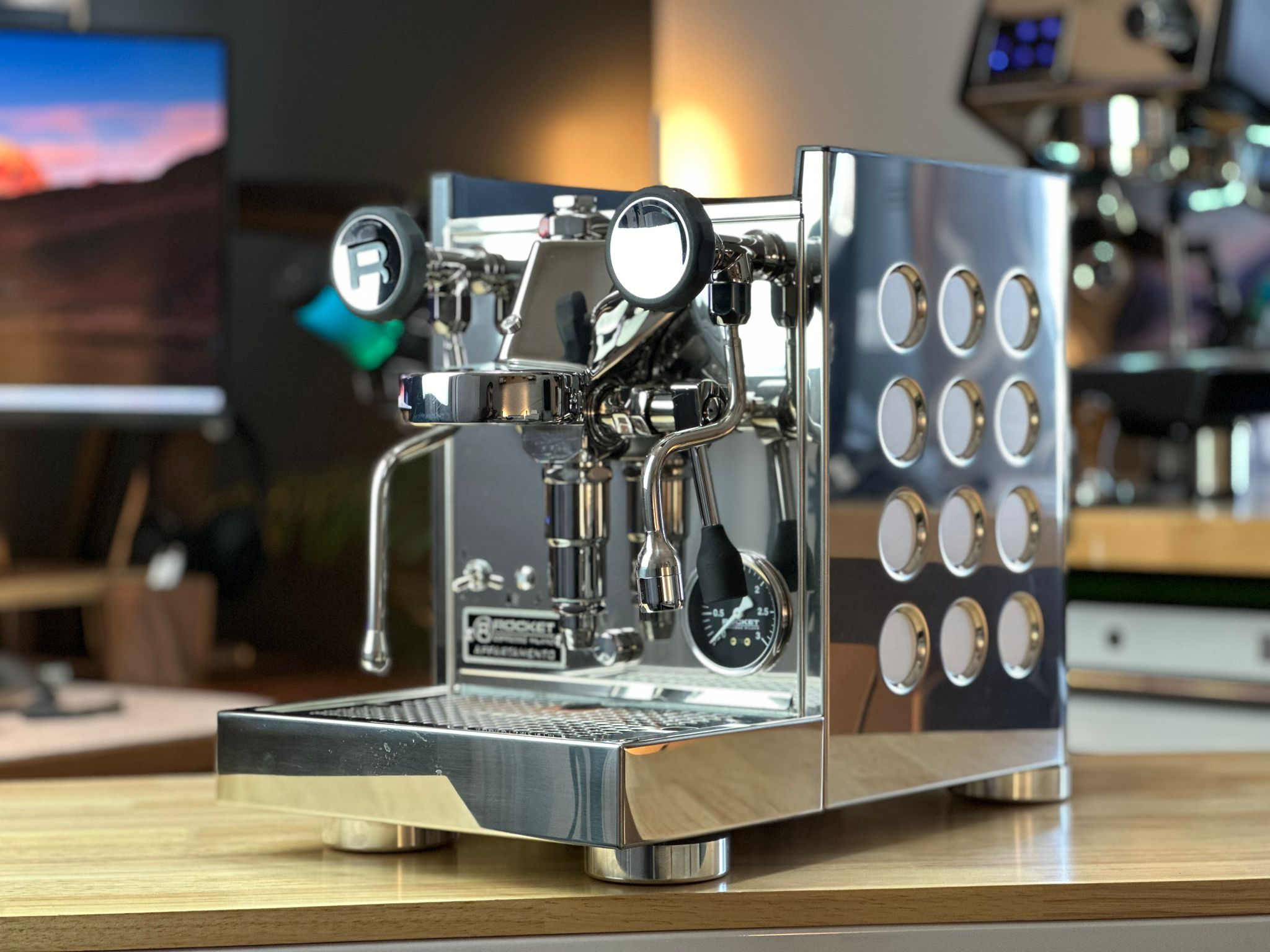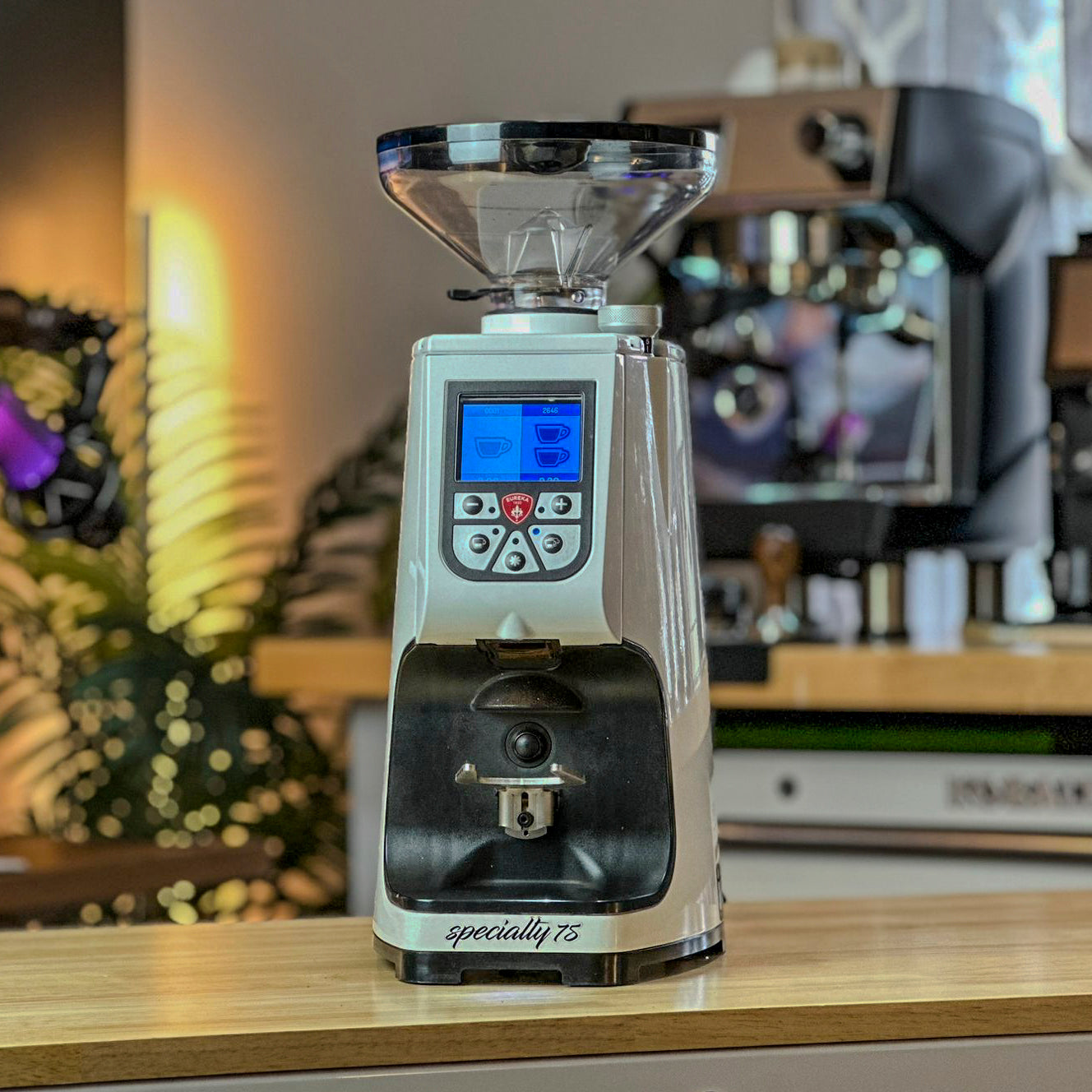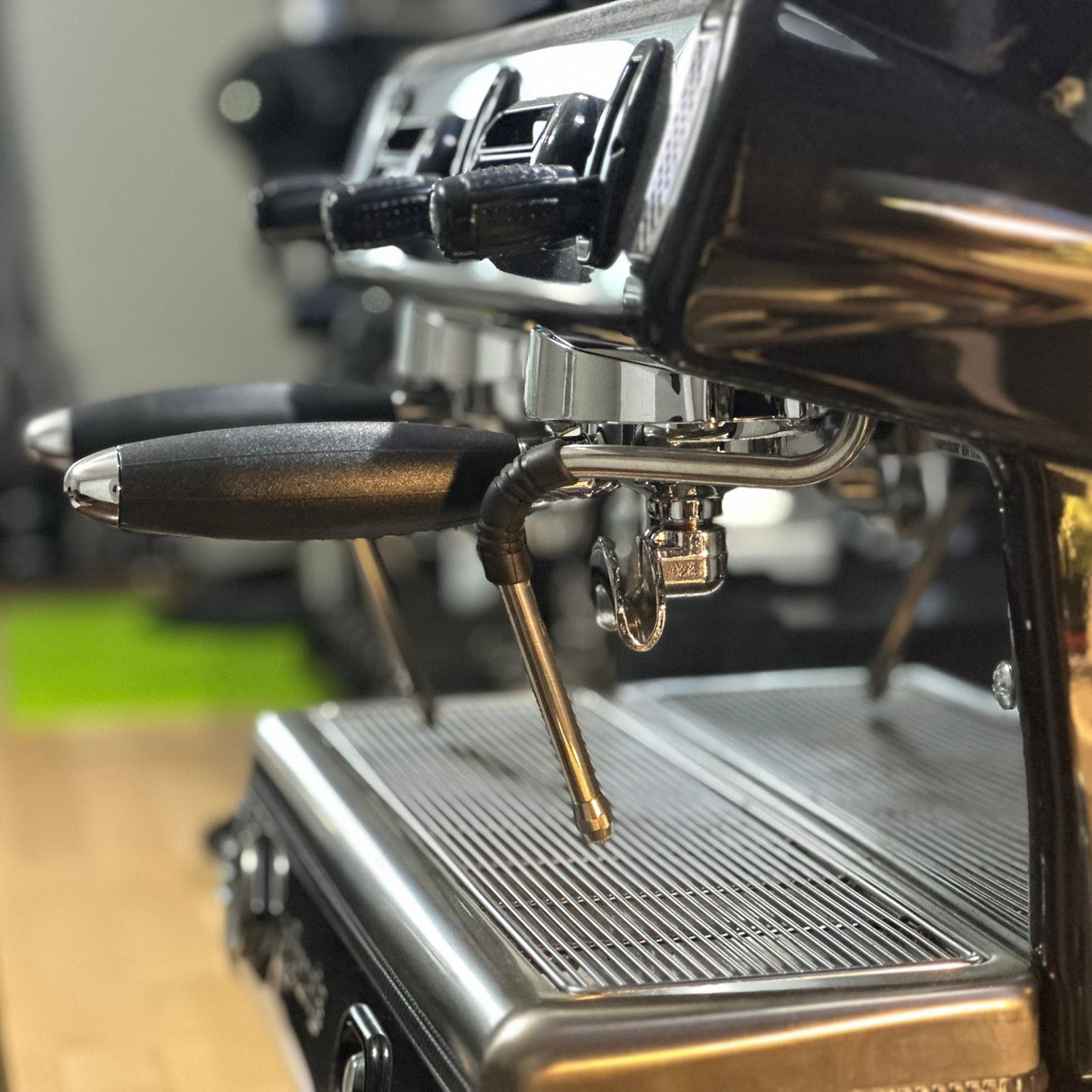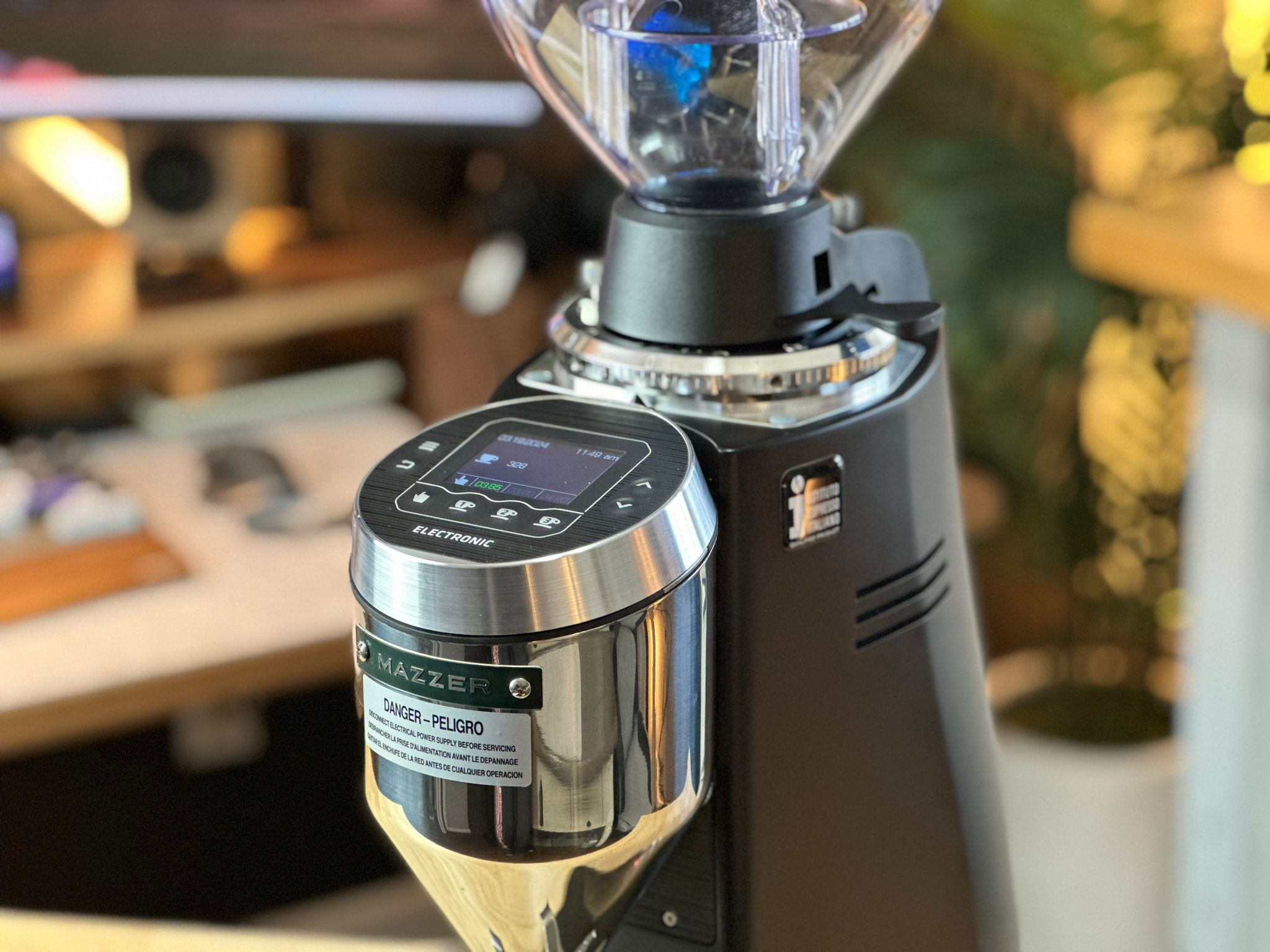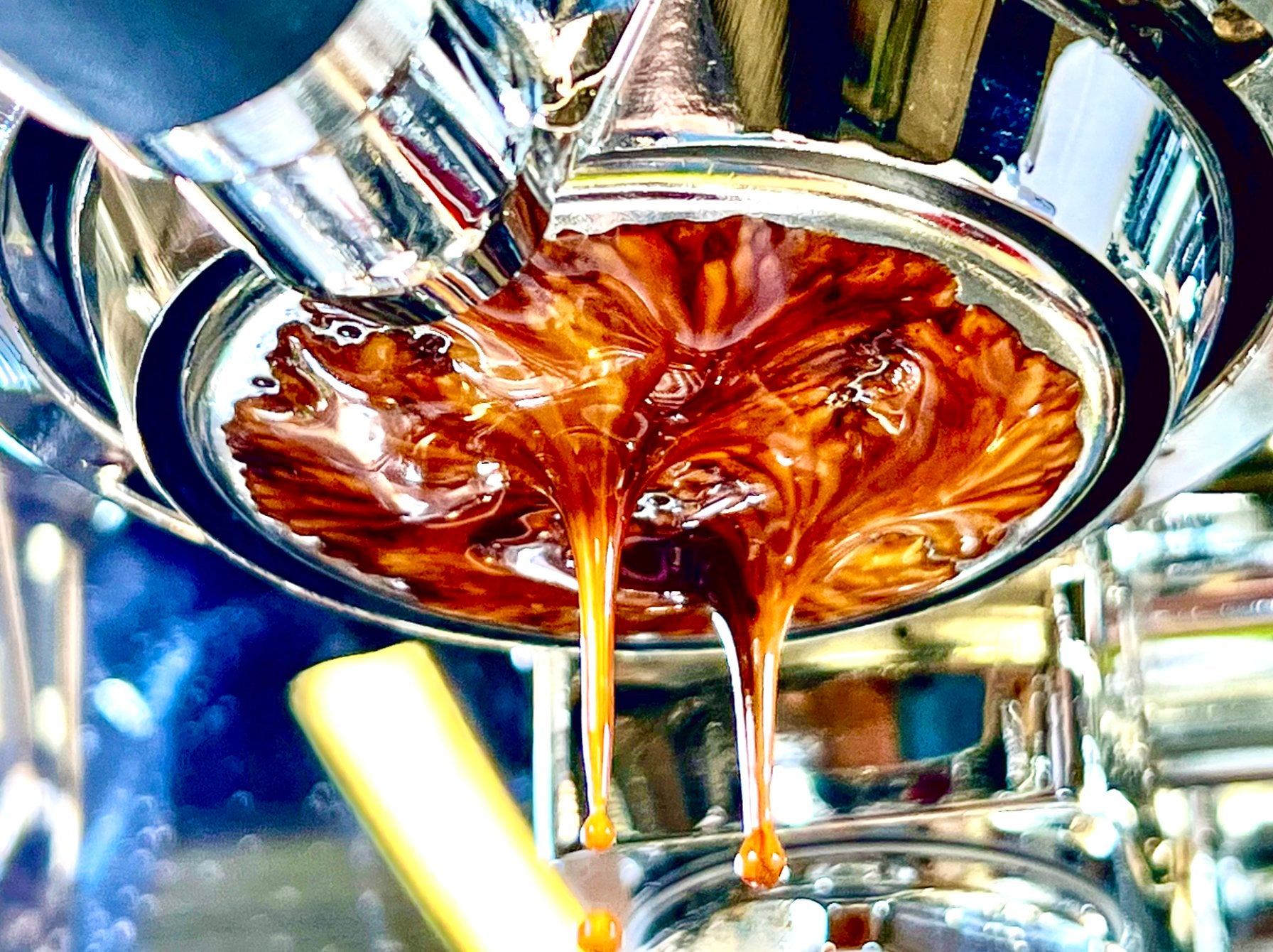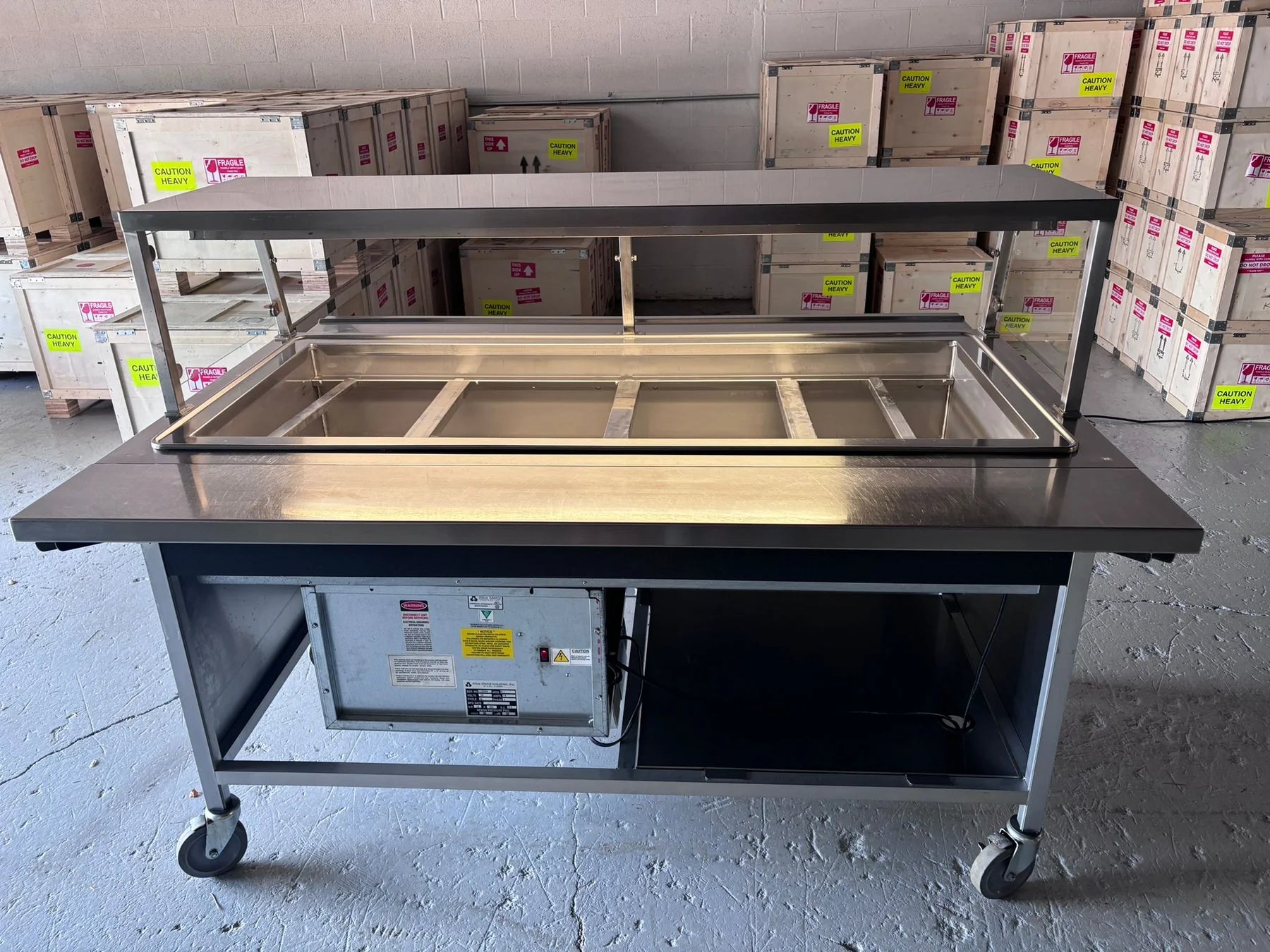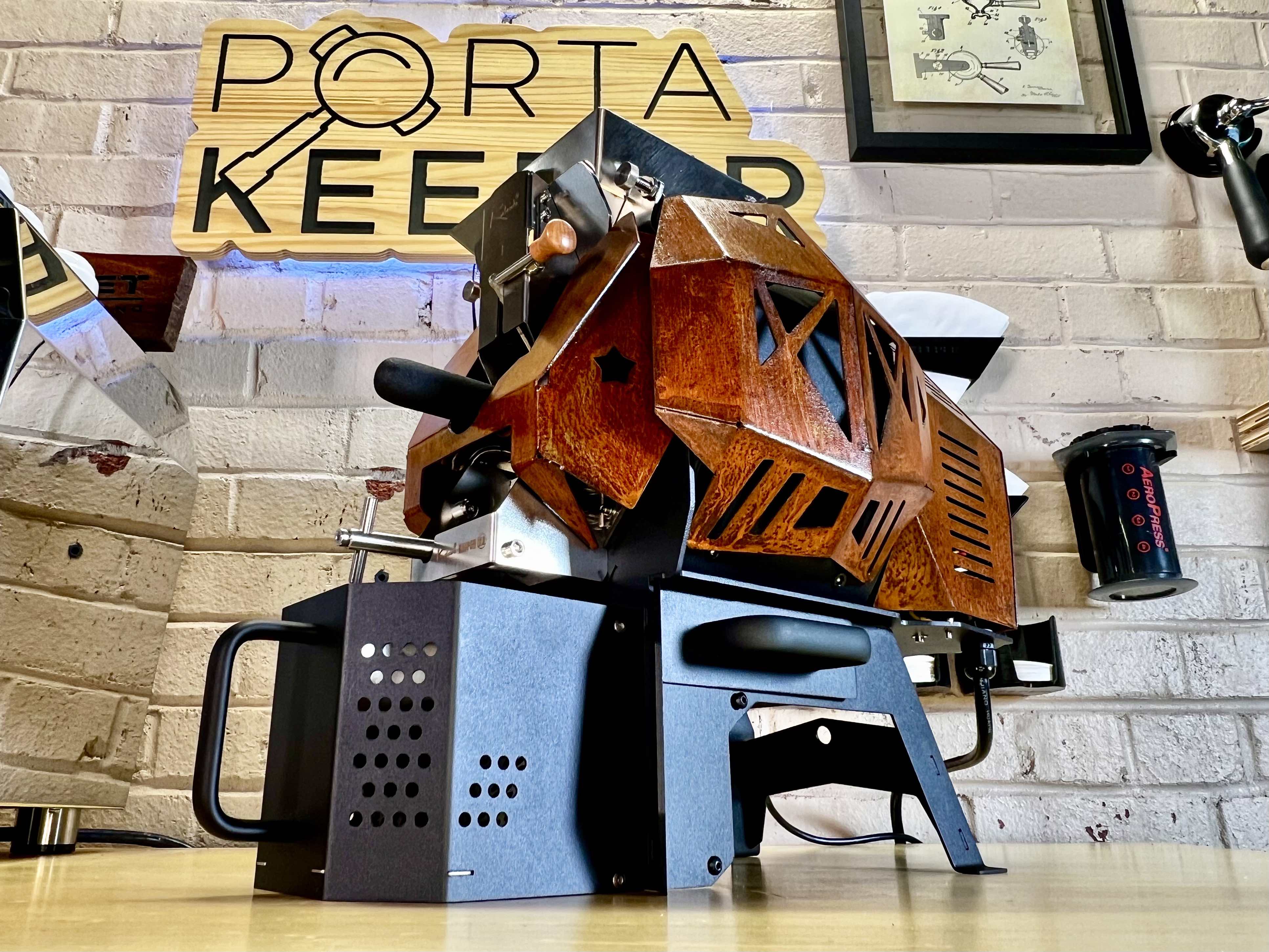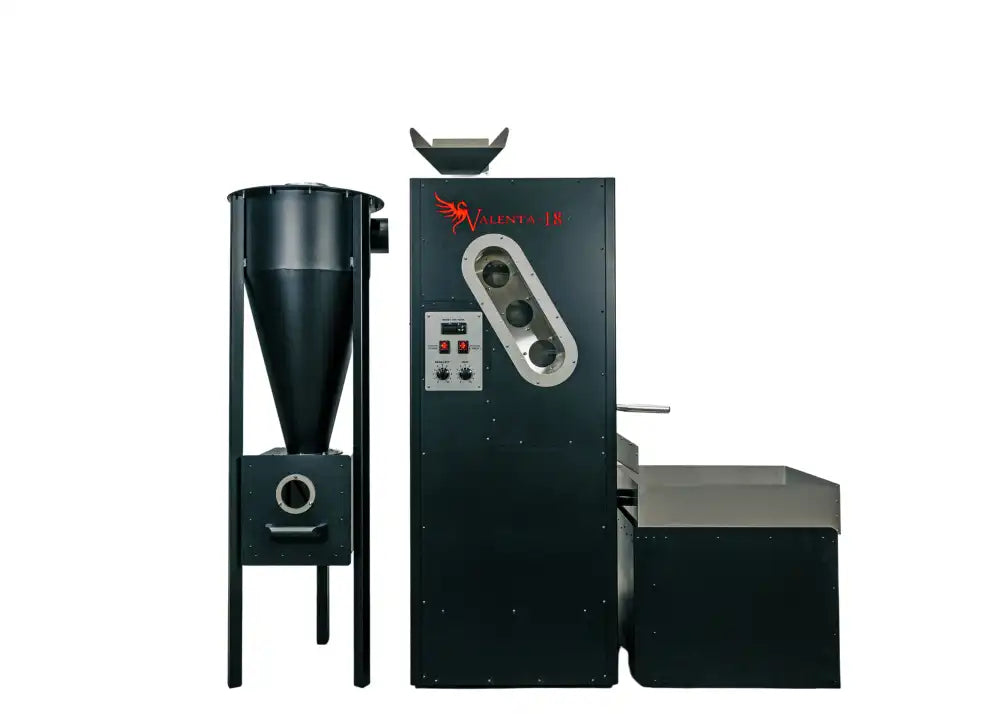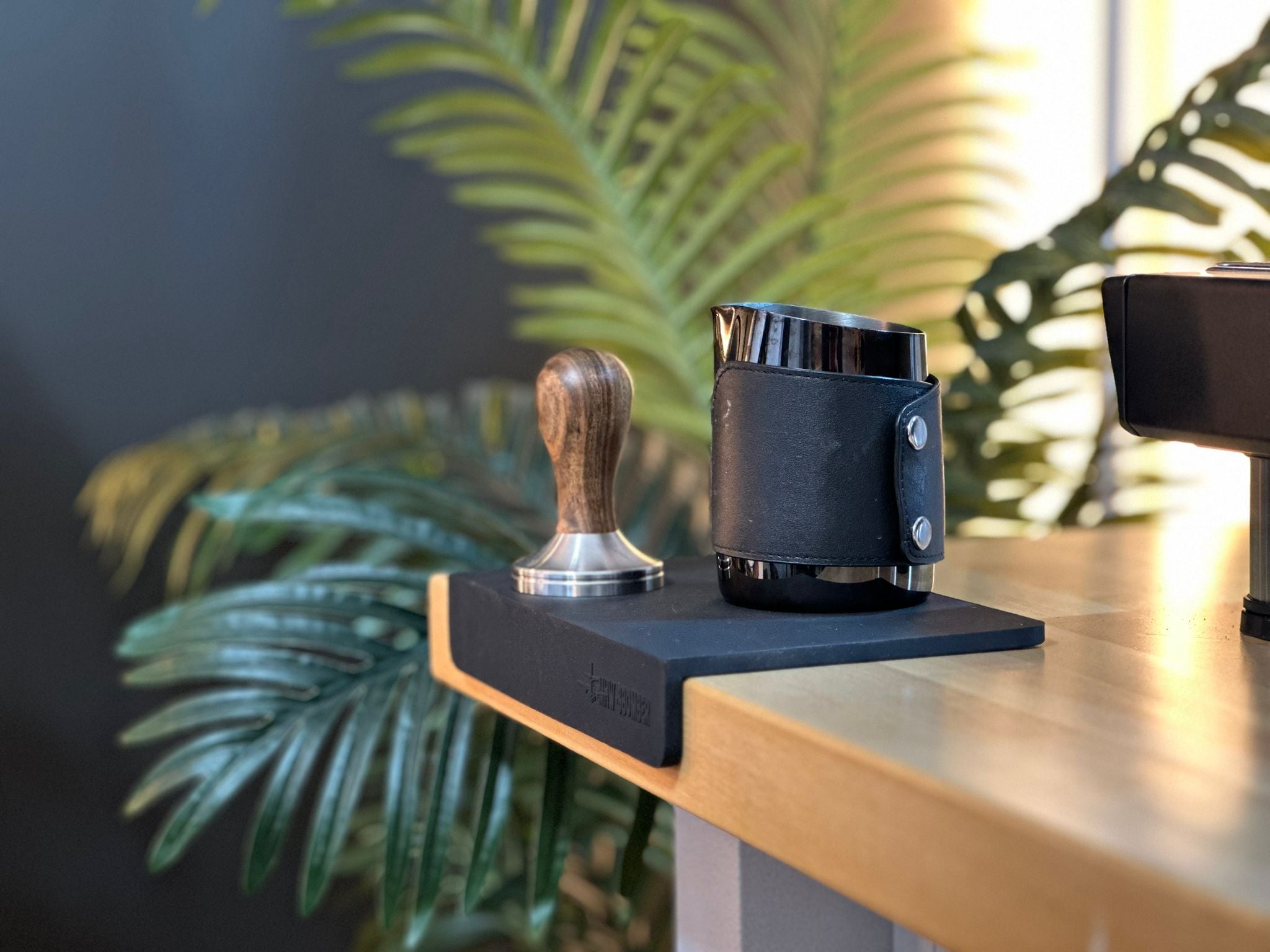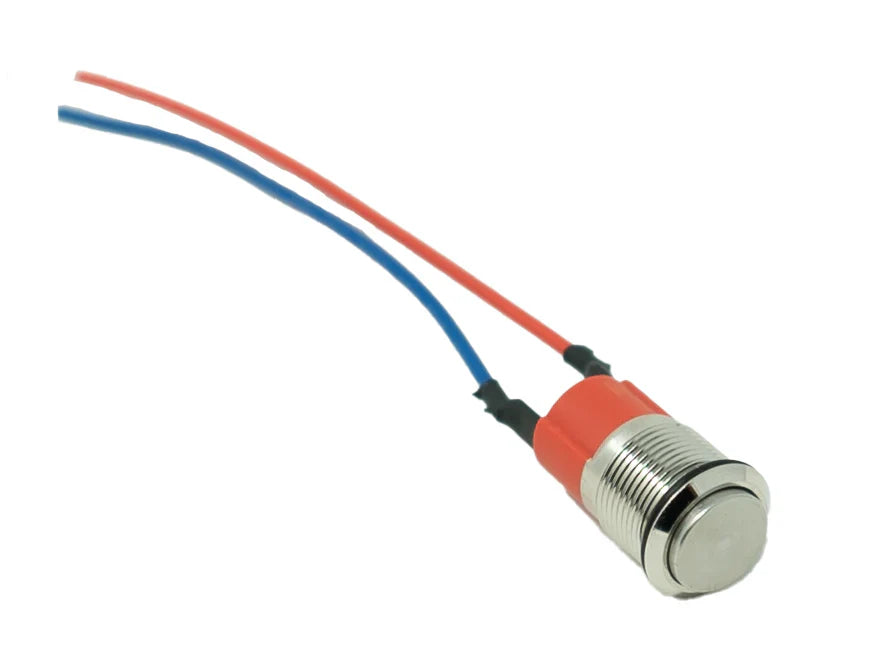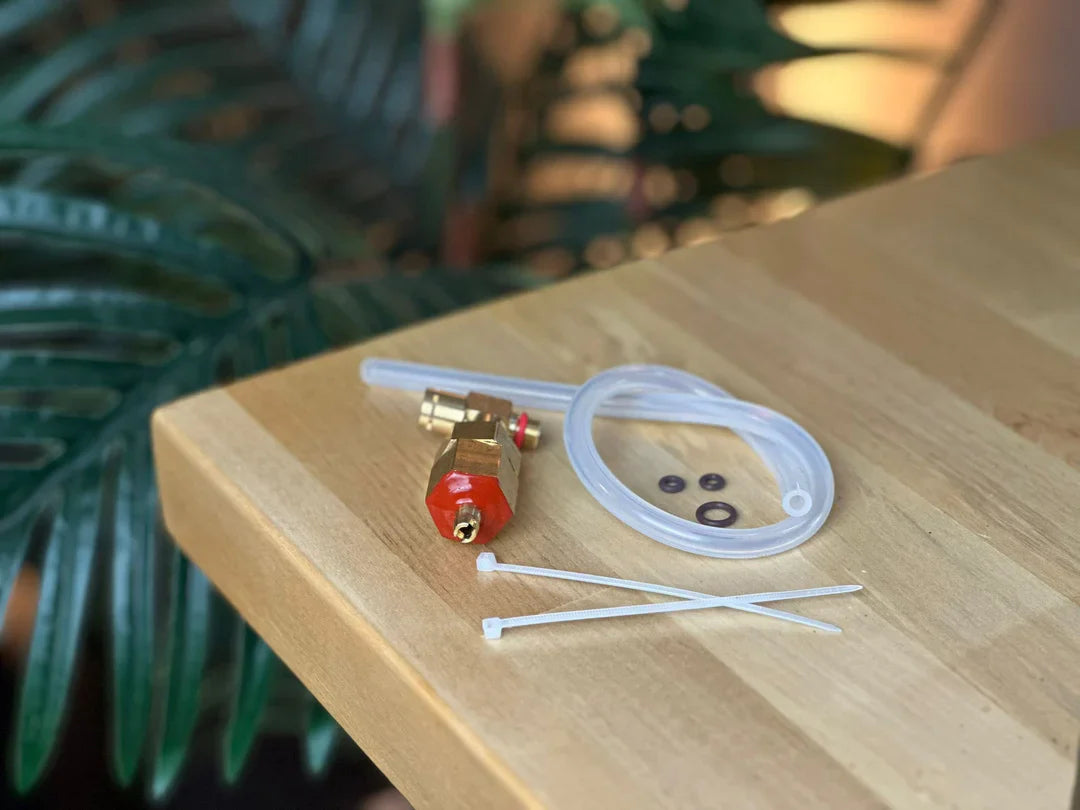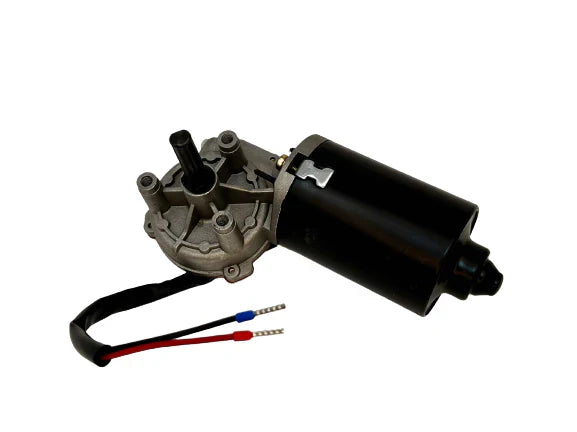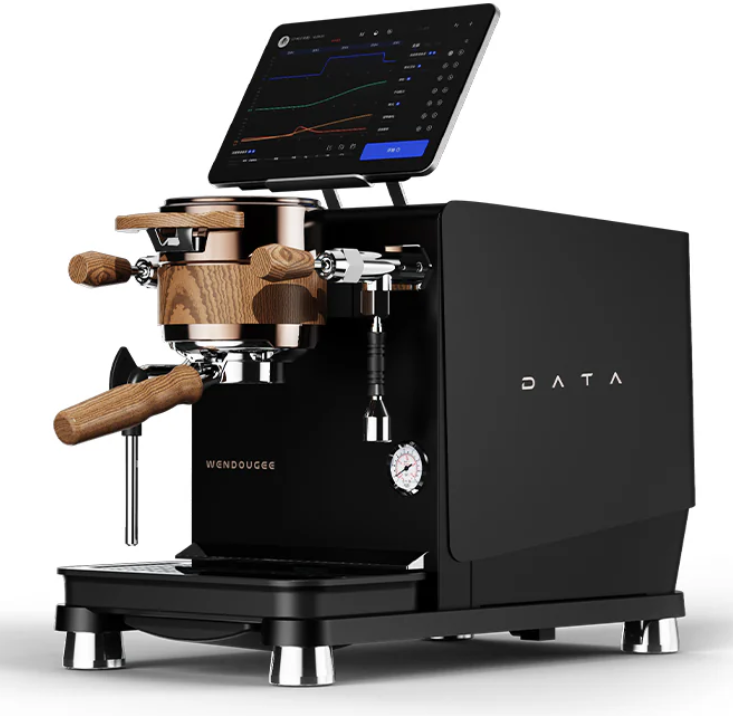The Chemistry of Cold Brew Coffee vs. Hot Brewed Coffee
Cold brew and hot brewed coffee are two distinct brewing methods that produce noticeably different flavor profiles, acidity levels, and chemical compositions due to differences in temperature and extraction time. Understanding the chemistry behind these two methods sheds light on why cold brew tends to be smoother and less acidic, while hot brew is often more aromatic, flavorful, and complex.
1. Key Differences in the Brewing Process
Cold Brew Coffee
- Temperature: Cold brew is typically brewed at temperatures between 5°C and 20°C (41°F to 68°F).
- Brew Time: Cold brew requires a long steeping time, ranging from 12 to 24 hours.
- Grind Size: A coarser grind is often used to ensure a slow extraction process.
Hot Brew Coffee
- Temperature: Hot brewed coffee is brewed with water at temperatures between 90°C and 96°C (194°F to 205°F).
- Brew Time: Hot brewing methods (e.g., drip, pour-over, French press) typically require only a few minutes of extraction.
- Grind Size: The grind size can vary depending on the method (e.g., medium for drip, coarse for French press, fine for espresso), but extraction happens quickly due to the high temperature.
These brewing conditions significantly impact the extraction of chemical compounds, leading to differences in the concentration of acids, sugars, lipids, caffeine, and volatile aromatics.
2. Chemical Differences Between Cold and Hot Brew
a. Acids and Acidity
Acidity is a hallmark of coffee flavor, and the chemical compounds that contribute to acidity behave differently at various brewing temperatures.
-
Chlorogenic Acids (CGAs): Chlorogenic acids are major contributors to coffee’s acidity. They break down into quinic acid and caffeic acid during the brewing process, especially at higher temperatures.
- Cold Brew: Cold brewing temperatures extract fewer chlorogenic acids, and the slow extraction rate reduces the breakdown of CGAs into quinic and caffeic acids. As a result, cold brew has lower overall acidity, which is why it tastes smoother and less bright.
- Hot Brew: Hot water more effectively extracts chlorogenic acids and accelerates their degradation into quinic and caffeic acids. This results in a coffee with higher perceived acidity, particularly in light roasts, which retain more CGAs after roasting.
-
Organic Acids (Citric, Malic, Acetic Acids): Organic acids like citric and malic acids contribute to the fruity and tangy acidity in coffee.
- Cold Brew: Cold brew extracts fewer organic acids, particularly the bright, fruity ones like citric acid. This leads to a less acidic and more mellow taste.
- Hot Brew: Hot water more effectively extracts these organic acids, enhancing the fruity, bright acidity commonly associated with hot brewed coffee. This is why hot brewed coffee often has a livelier, more complex acidity.
b. Caffeine
Caffeine is a water-soluble compound that is extracted from coffee beans during brewing.
-
Cold Brew: The long extraction time of cold brew compensates for the lower brewing temperature, resulting in caffeine levels that can be similar to or even higher than hot brew, depending on the coffee-to-water ratio.
- However, because cold brew uses a coarser grind and lower temperature, the extraction rate of caffeine is slower, meaning it might have slightly less caffeine per ounce than hot brew if the brew time is shorter or the concentration is lower.
- Hot Brew: Hot water quickly extracts caffeine due to its higher solubility at higher temperatures. As a result, hot brewed coffee typically has a faster release of caffeine during the brewing process, making it efficient for quick brewing methods like espresso or drip coffee.
c. Volatile Aromatic Compounds
Volatile aromatic compounds are responsible for coffee’s aroma and much of its flavor complexity. These compounds include aldehydes, ketones, esters, pyrazines, and furans, many of which are products of the Maillard reaction and caramelization during roasting.
-
Cold Brew: Due to the lower temperature, cold brew extracts fewer volatile compounds, especially those responsible for fruity, floral, and complex aromas. The cold water doesn’t capture as many of these aromatics, resulting in a milder, less aromatic coffee. However, cold brew tends to extract more lipids and oils, which can contribute to a smooth mouthfeel.
-
Hot Brew: Hot brewing temperatures are more effective at extracting volatile compounds, enhancing the aromatic complexity of the coffee. This is why hot brewed coffee typically has a richer and more pronounced aroma profile, with flavors ranging from fruity to nutty, floral to spicy, depending on the bean variety and roast level.
d. Sugars and Sweetness
Sugars in coffee beans, such as sucrose, contribute to sweetness and balance bitterness. These sugars undergo changes during roasting and are extracted differently depending on the brewing method.
-
Cold Brew: The low extraction temperature in cold brew preserves more natural sugars, contributing to its perceived sweetness. Since cold brew lacks the high-temperature extraction of bitter compounds, the result is a coffee with a smoother, less bitter taste, and more balanced sweetness.
-
Hot Brew: Hot water extracts sugars more rapidly, but it also extracts bitter compounds like phenols and quinic acid, which can mask sweetness. As a result, the sweetness in hot brewed coffee may be less pronounced, particularly in darker roasts, where the sugars have caramelized or degraded.
e. Lipids and Oils
Lipids in coffee beans, primarily triglycerides, contribute to mouthfeel and flavor retention.
-
Cold Brew: Cold brewing tends to extract more lipids and oils because the longer steeping time allows the fats to dissolve into the brew. This contributes to the smooth, fuller body of cold brew and its creamy texture.
-
Hot Brew: Hot brewed coffee, especially when filtered (e.g., drip or pour-over), typically retains fewer lipids, as the filter paper removes much of the coffee oil. Unfiltered hot brewing methods, such as French press or espresso, will retain more of these oils, giving the coffee a richer mouthfeel.
f. Bitterness and Astringency
Bitterness in coffee primarily comes from caffeine, quinic acid, and phenols, while astringency is influenced by tannins and polyphenols.
-
Cold Brew: Cold brew extracts fewer bitter compounds due to the lower temperature and longer brewing time, resulting in a smoother taste with less bitterness and almost no astringency. This makes cold brew appealing to those who prefer a mellower coffee experience.
-
Hot Brew: Hot water extracts bitter compounds more quickly, and if the brew is over-extracted (e.g., too much time or too fine of a grind), it can lead to increased bitterness and astringency. This is particularly true for dark roasted coffee, where the high-temperature breakdown of chlorogenic acids into quinic acid and phenols contributes to bitterness.
3. Flavor Profiles: Cold Brew vs. Hot Brew
Cold Brew Flavor Profile
- Smooth, Less Acidic: Due to the reduced extraction of acids and volatile aromatics, cold brew is generally smooth and mellow, with lower perceived acidity.
- Sweeter, Rounder: The preservation of natural sugars and oils gives cold brew a slightly sweeter taste and fuller body.
- Muted Aromas: Cold brew tends to have a more subtle aroma and flavor profile, often lacking the fruity, floral, and bright characteristics present in hot brewed coffee.
Hot Brew Flavor Profile
- Bright, Complex Acidity: Hot brew methods emphasize the extraction of organic acids, giving the coffee a brighter, more vibrant acidity.
- Pronounced Aromatics: The high-temperature extraction process enhances the coffee’s aromatic complexity, bringing out fruity, floral, nutty, or chocolatey notes depending on the bean variety and roast.
- Bitter and Astringent: Depending on the brew method and bean type, hot brewed coffee can have more bitterness and astringency, especially if over-extracted.
4. Brewing Methods and Their Influence on Chemistry
Cold Brew
- Brewing Temperature: 5°C to 20°C (41°F to 68°F)
- Brew Time: 12 to 24 hours
- Grind Size: Coarse
The long steeping time in cold brew allows for a slower, more controlled extraction, resulting in a coffee that is lower in acidity, bitterness, and aromatic intensity. The coffee-to-water ratio is often higher, leading to a concentrated brew that can be diluted before serving.
Hot Brew
- Brewing Temperature: 90°C to 96°C (194°F to 205°F)
- Brew Time: 2 to 5 minutes
- Grind Size: Variable (fine for espresso, medium for drip, coarse for French press)
Hot brewing methods, with their high temperatures, quickly extract a broad range of compounds, creating a more acidic, aromatic, and flavorful cup of coffee. However, it also means that any imbalance in brewing parameters (grind size, water temperature, brew time) can lead to over-extraction and unpleasant bitterness.
5. Conclusion
Cold brew and hot brewed coffee differ significantly in their chemical composition due to variations in brewing temperature and extraction time. Cold brew tends to have lower acidity, bitterness, and aromatic intensity, resulting in a smoother, sweeter, and more rounded flavor profile. In contrast, hot brewed coffee has a more pronounced acidity, complex aromas, and a brighter, more vibrant taste due to the higher extraction of acids and volatile compounds. Both methods offer distinct flavor experiences, with cold brew providing a mellow, easy-drinking option and hot brew delivering more complexity and aroma.
